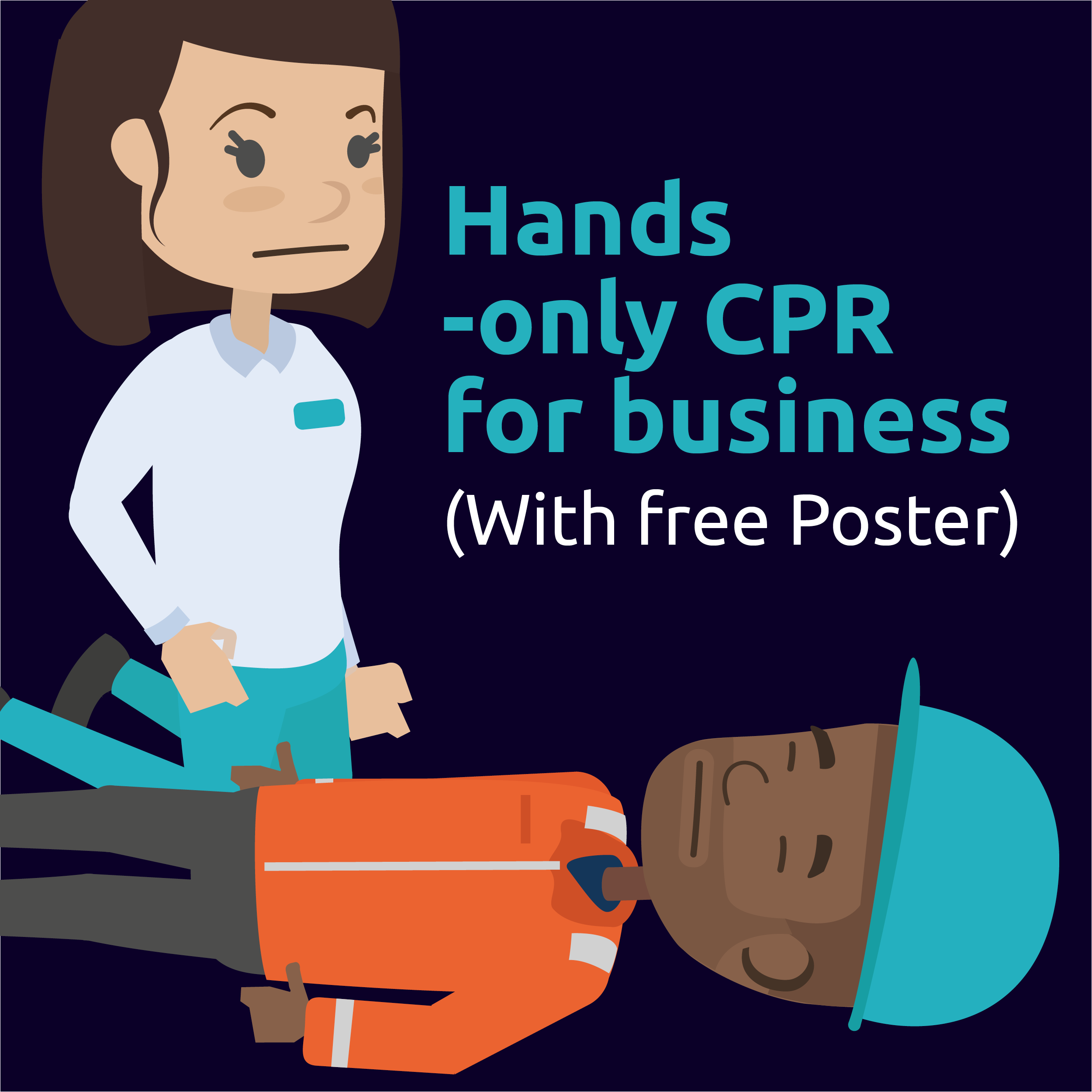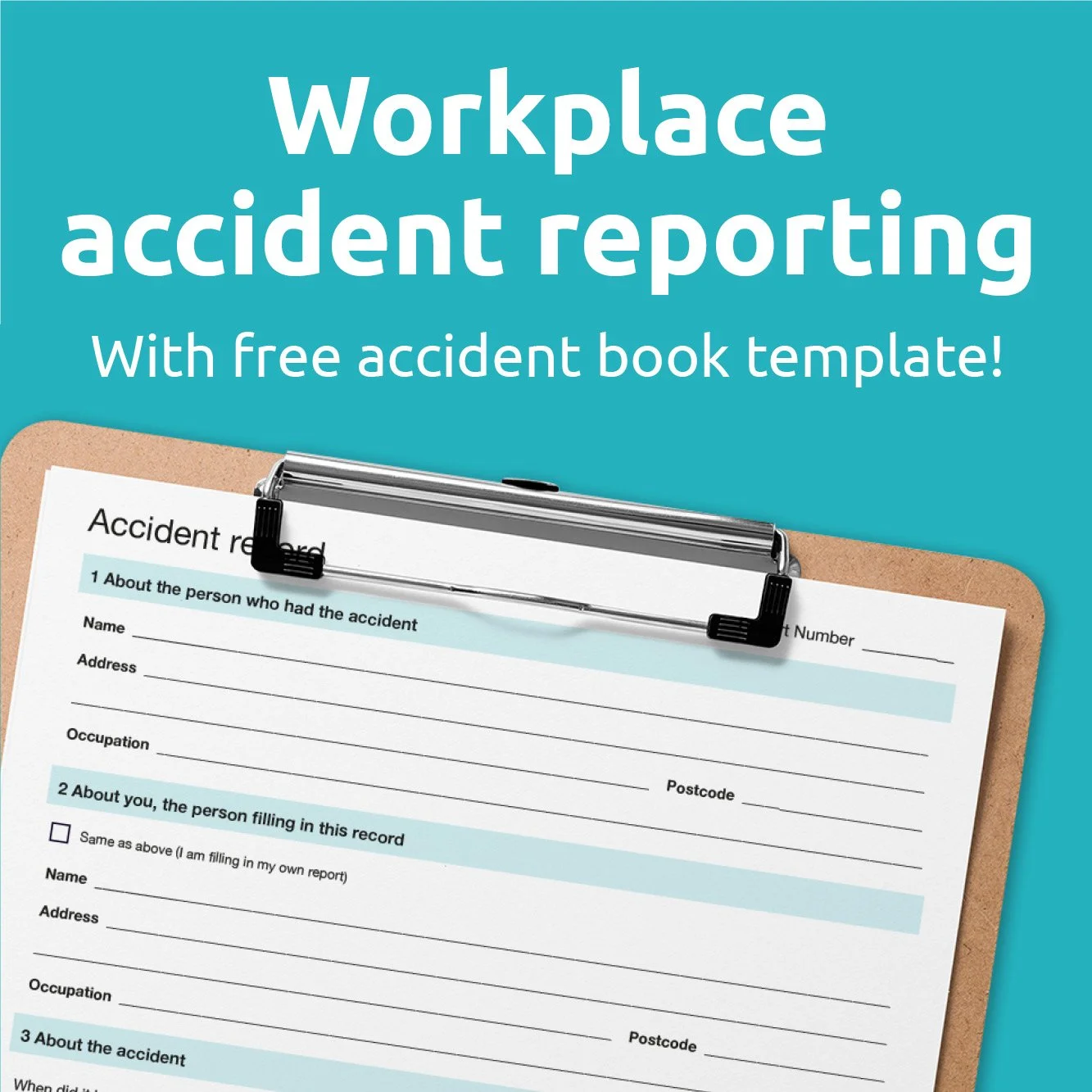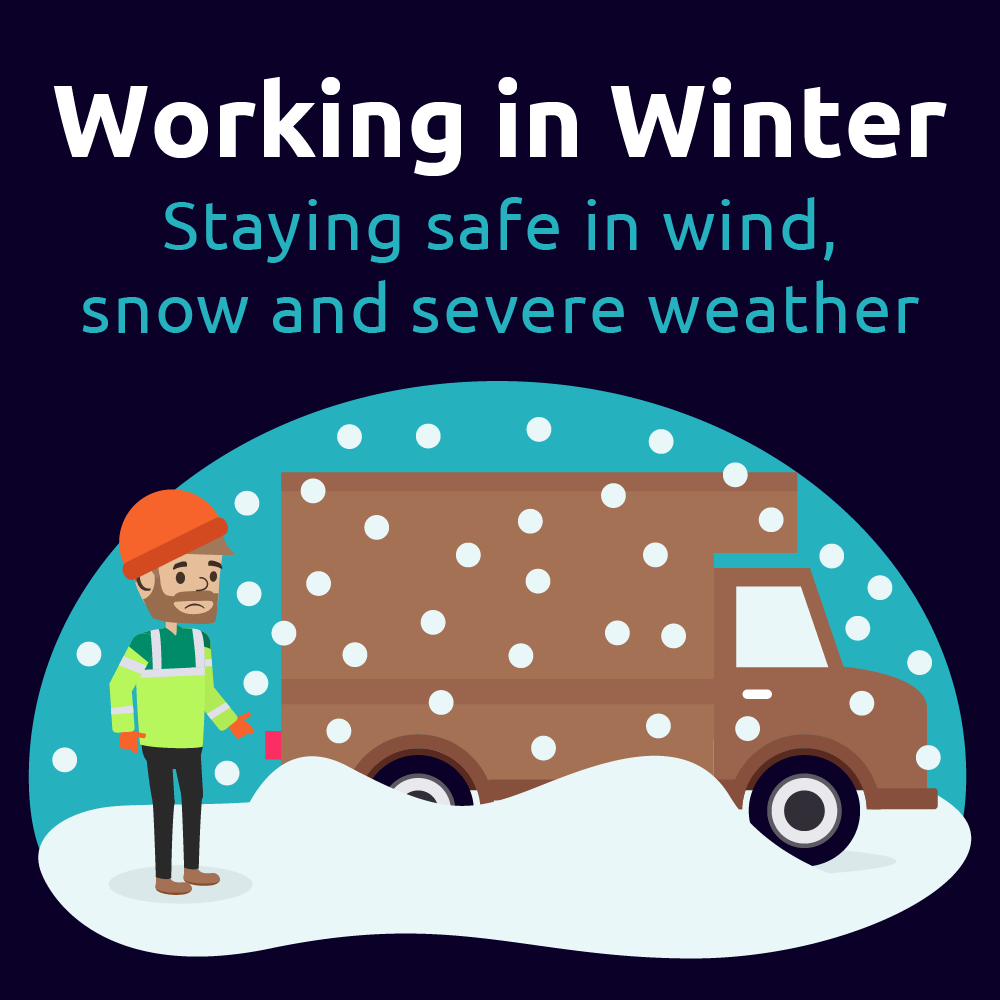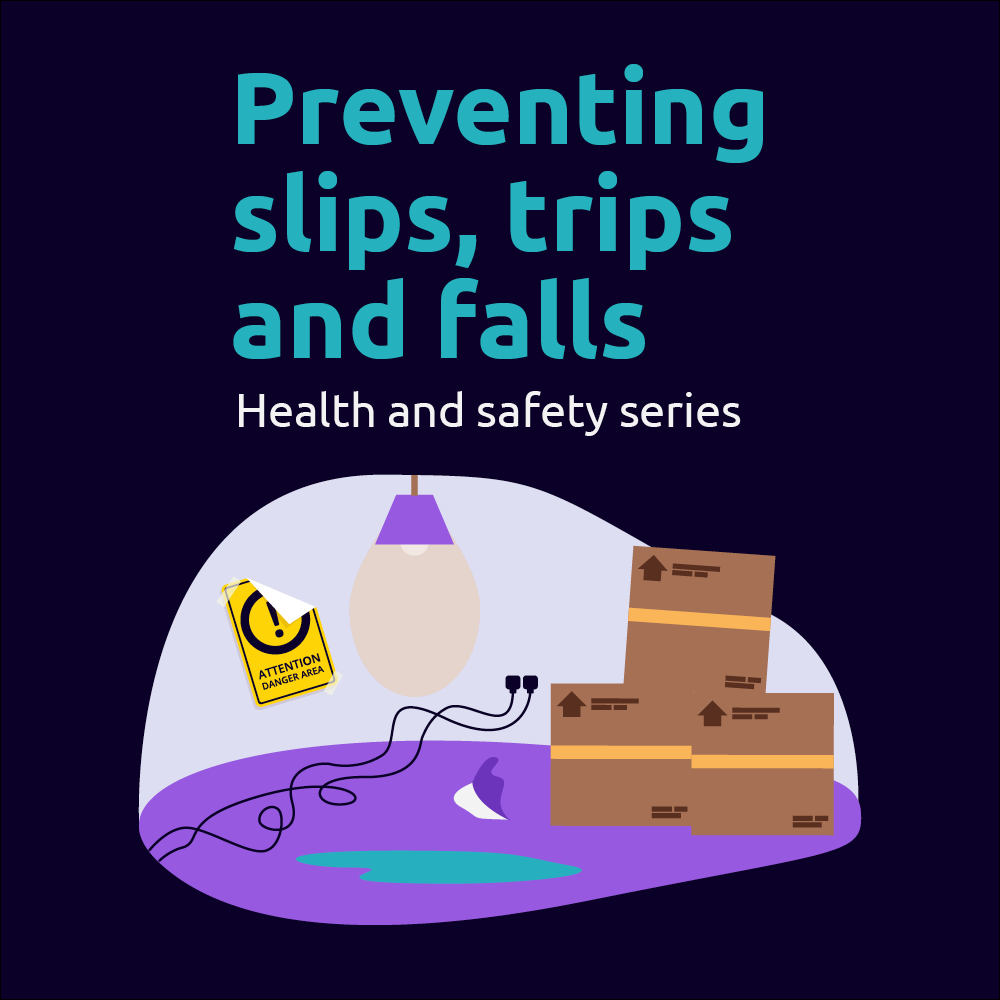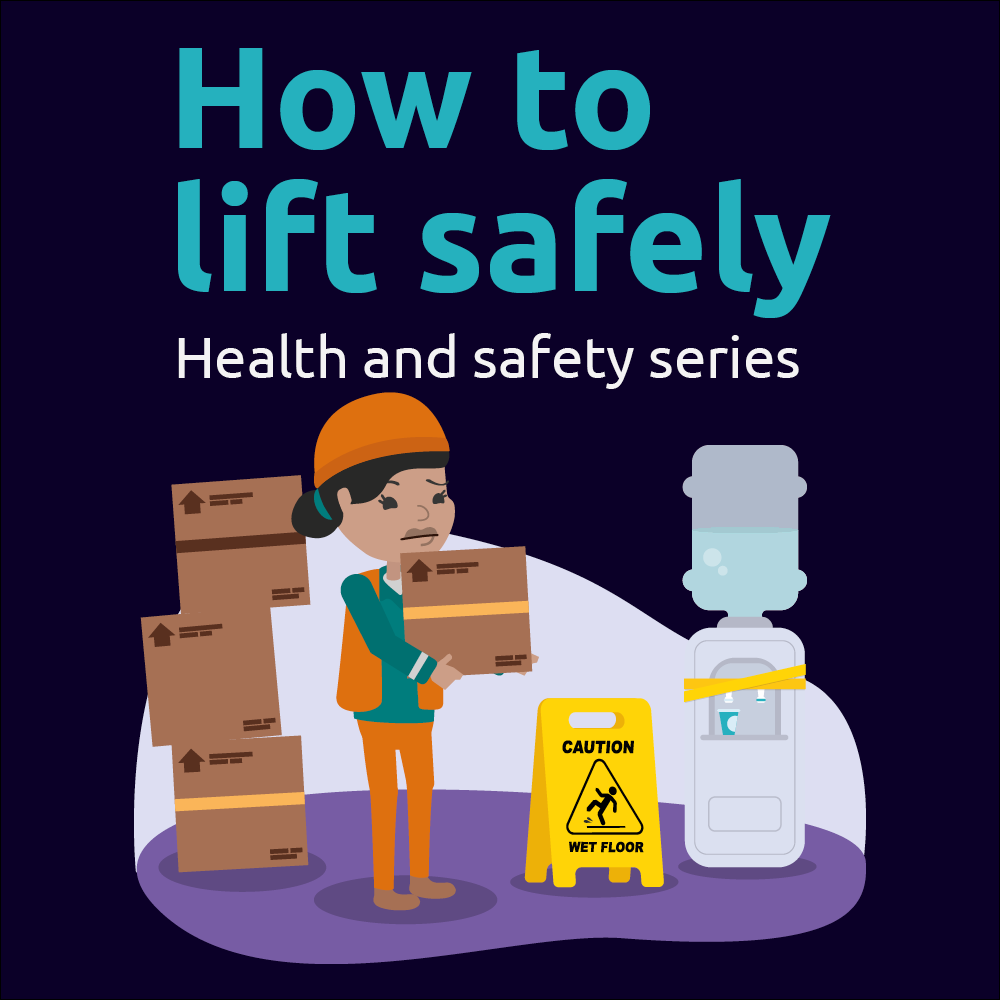COSHH stands for the “Control of Substances Hazardous to Health”. COSHH laws tell employers how they should handle and manage dangerous substances, such as poisons, corrosive materials and flammable products.
Read MoreA health and safety policy is a document composed by an employer stating the company's commitment to upholding the health and safety of employees and to the public.
Read MoreA risk assessment is a process of identifying, measuring and evaluating risk for individuals, organisations, assets and the environment as a result of a particular activity, role or undertaking.
Read MoreHand washing plays a major role in keeping your team and your customers healthy. Frequent, correct hand washing can reduce the spread of germs and illnesses within your workplace.
Read MoreDue to its simplicity, hands-only CPR is encouraged by groups such as the British Heart Foundation as an easier way for untrained bystanders to perform CPR.
Read MorePPE (Personal Protective Equipment) is equipment provided by an employer to help protect their staff from workplace hazards…
Read MoreHealth and safety law says ladders can be a sensible and practical option for low-risk, short-duration tasks, although they should not automatically be your first choice for working at height.
Read MoreOrganisations with more than 10 employees must have an accident book. This may be a physical book or a digital system, but it needs to be secure and confidential.
Read MoreThere are no hard and fast rules on which lone workers do and do not need an alarm, however, organisations do have legal a duty to find a lone working solution appropriate to their workers’ level of risk.
Read MoreFor those working outside, at heights or on the road, autumn and winter can bring a higher risk of injury. With the colder weather comes a number of risks…
Read MoreFire safety is something every business should take seriously. In this article, we’ve compiled advice from respected sources to help you keep your employees and your business safe.
Read MoreSlips, trips and falls are some of the most common causes of in-work injury. In this article you will find some helpful tips that will help keep your team safe.
Read More‘Handling, lifting or carrying’ is the second-largest cause of injuries for UK workers (after slips, trips and falls). Injuries caused by ‘manual handling’ can lead to short and long term ill-health, as well as a loss of productivity.
Read MoreWe’ve provided this handy guide to health and safety. We’ll look at why health and safety is important, what the laws are, and what practical steps you need to take to keep your team safe.
Read MoreLone working solutions can come in many forms, including lone working apps, Bluetooth panic alarms, standalone devices and more.
Read More





